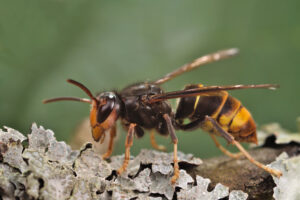
Yellow-Legged Hornet Found in Georgia
As if we needed another large wasp to strike fear in residents of the US, the state of Georgia …



Wake County Center will be closed tomorrow, Thu 11/27/2025 for the holiday.
El inglés es el idioma de control de esta página. En la medida en que haya algún conflicto entre la traducción al inglés y la traducción, el inglés prevalece.
Al hacer clic en el enlace de traducción se activa un servicio de traducción gratuito para convertir la página al español. Al igual que con cualquier traducción por Internet, la conversión no es sensible al contexto y puede que no traduzca el texto en su significado original. NC State Extension no garantiza la exactitud del texto traducido. Por favor, tenga en cuenta que algunas aplicaciones y/o servicios pueden no funcionar como se espera cuando se traducen.
Inglês é o idioma de controle desta página. Na medida que haja algum conflito entre o texto original em Inglês e a tradução, o Inglês prevalece.
Ao clicar no link de tradução, um serviço gratuito de tradução será ativado para converter a página para o Português. Como em qualquer tradução pela internet, a conversão não é sensivel ao contexto e pode não ocorrer a tradução para o significado orginal. O serviço de Extensão da Carolina do Norte (NC State Extension) não garante a exatidão do texto traduzido. Por favor, observe que algumas funções ou serviços podem não funcionar como esperado após a tradução.
English is the controlling language of this page. To the extent there is any conflict between the English text and the translation, English controls.
Clicking on the translation link activates a free translation service to convert the page to Spanish. As with any Internet translation, the conversion is not context-sensitive and may not translate the text to its original meaning. NC State Extension does not guarantee the accuracy of the translated text. Please note that some applications and/or services may not function as expected when translated.
Collapse ▲
As if we needed another large wasp to strike fear in residents of the US, the state of Georgia …
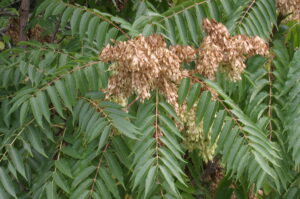
There’s a lot of interest in controlling tree of heaven. Art Gover at Penn State conducted numerous trials on …
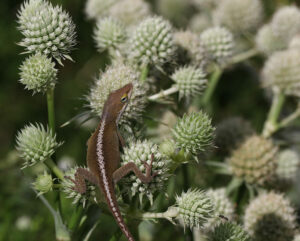
In late 2008, I planted a demonstration pollinator garden at Chatham Mills to provide forage from early spring to …
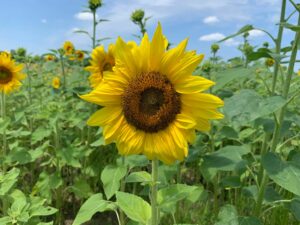
July has arrived and our field season is in full swing! At Cherry Research Farm in Goldsboro, NC and …

Construction of the Integrative Sciences Building will result in a multi-year closure of a portion of Stinson Dr. As …

A new publication on weed management in Christmas trees by Dr. Saha at Michigan State is available. This publication provides …

Registration is now open for the 2023 Organic Commodities Field Day. This in-person event will cover new research on …

Yesterday we were in Goldsboro, with the team at Cherry Research Station planting an organic sunflower variety trial. This …
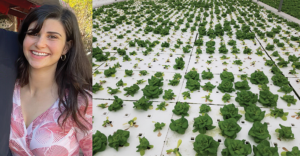
The NC State Plant Disease and Insect Clinic is happy to announce the arrival of our newest lab member, …
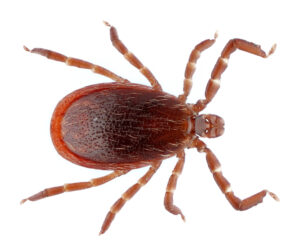
As outdoor season begins to ramp up, one unfortunate side effect is more encounters with ticks. These blood-sucking arthropods …
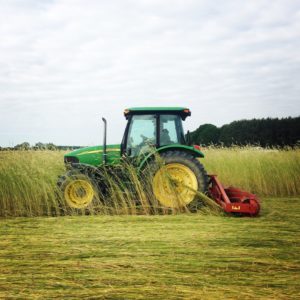
Are you considering becoming USDA certified organic? Not sure where to start? We’ve updated out page on becoming USDA certified organic, …
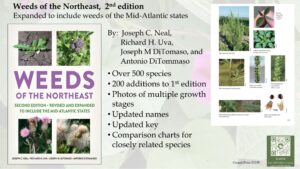
The newly revised Weeds of the Northeast 2nd edition is now available. WNE 2nd ed info slide 1 page …
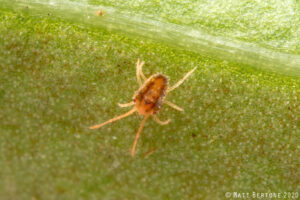
Note: This post was originally published March 2021, and updated March 2023 Insects and other arthropods are feeling the warm …
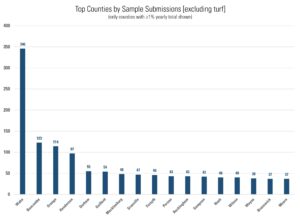
OK I know it’s March, so I am going to blame a warm early season this year for our …

Mugwort plants spread by rhizomes. At least that’s what I was taught. But mugwort can, occasionally, produce viable seeds. …

You may be noticing numerous, small (~2-3 mm), round critters crawling along window sills lately — I know I …

It is with immense gratitude that we wish the remarkable Dr. Charles “Chuck” Hodges a very happy “second retirement”. …
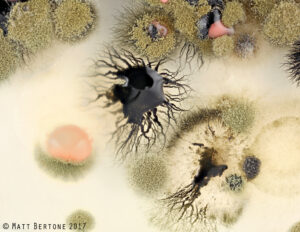
Beginning January 17th, 2023, the NC State Plant Disease and Insect Clinic (PDIC) will no longer be providing identification …
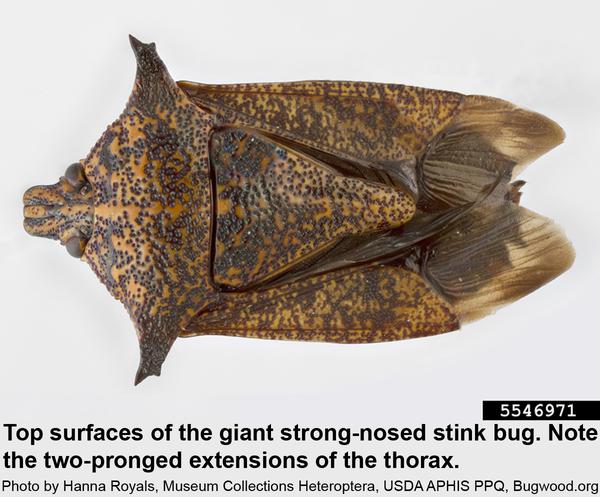
This factsheet describes the biology of the giant strong-nosed stink bug, Alcaeorrhynchus grandis, and provides …

This manual prepares pesticide applicators for Forest Pest Control Certification exams in the following states: …
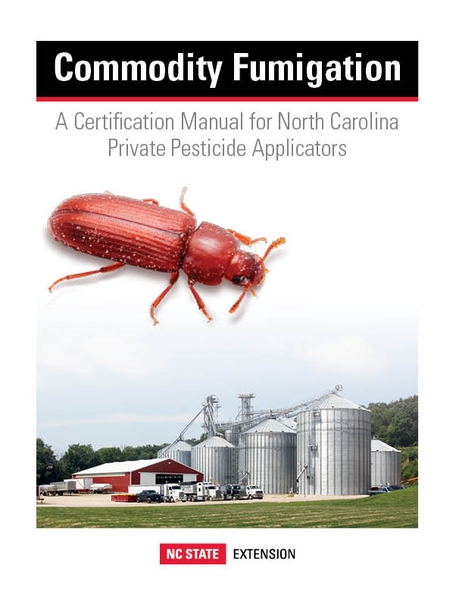
This manual provides guidance tailored for North Carolina's non-commercial pesticide applicators using fumigants in commodity …
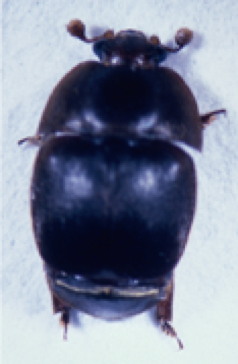
This factsheet describes the small hive beetle, its life cycle and how to prevent infestations …
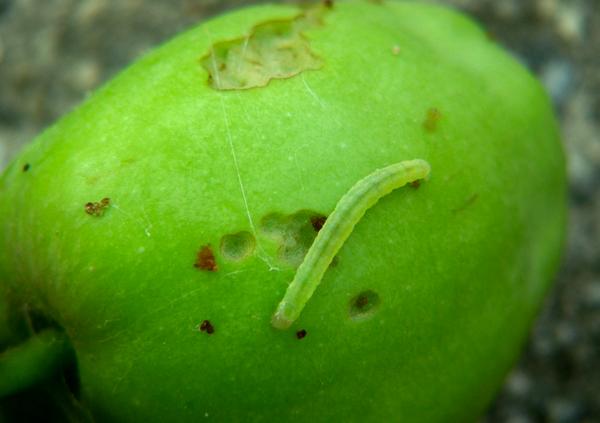
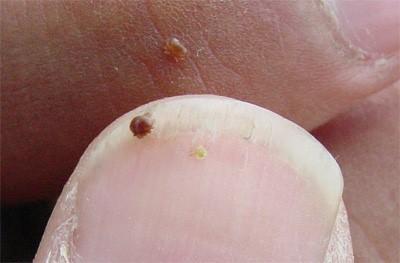
It is the goal of every beekeeper to maintain healthy, productive colonies. This can only …
To apply restricted-use pesticides to agricultural commodities, you must be certified or be supervised by …

This factsheet offers information on the biology and management of the emerald ash borer, an …